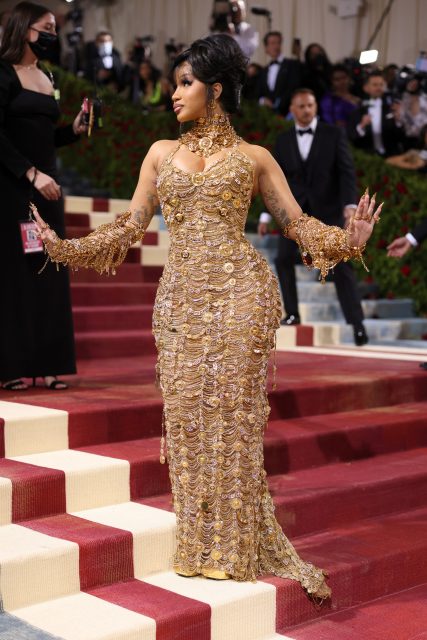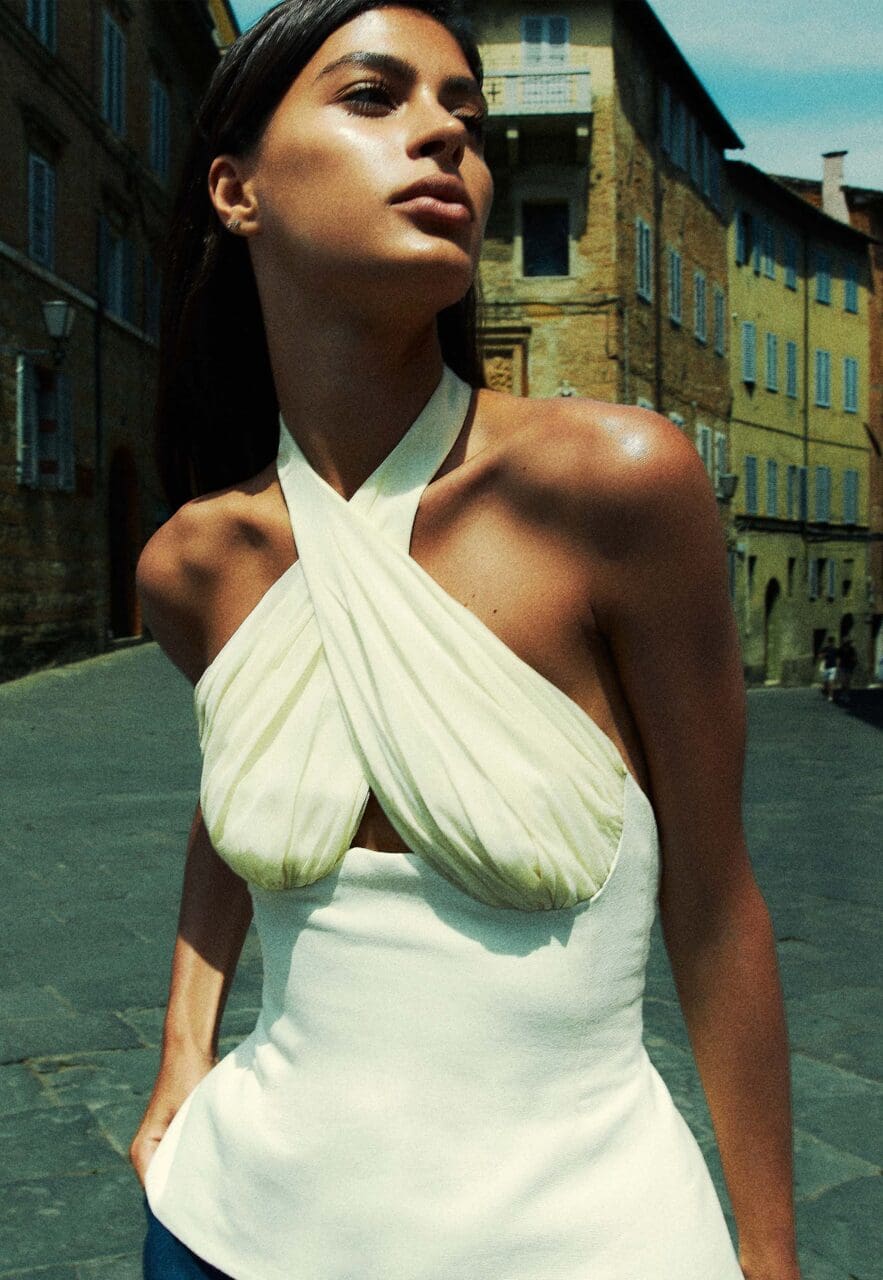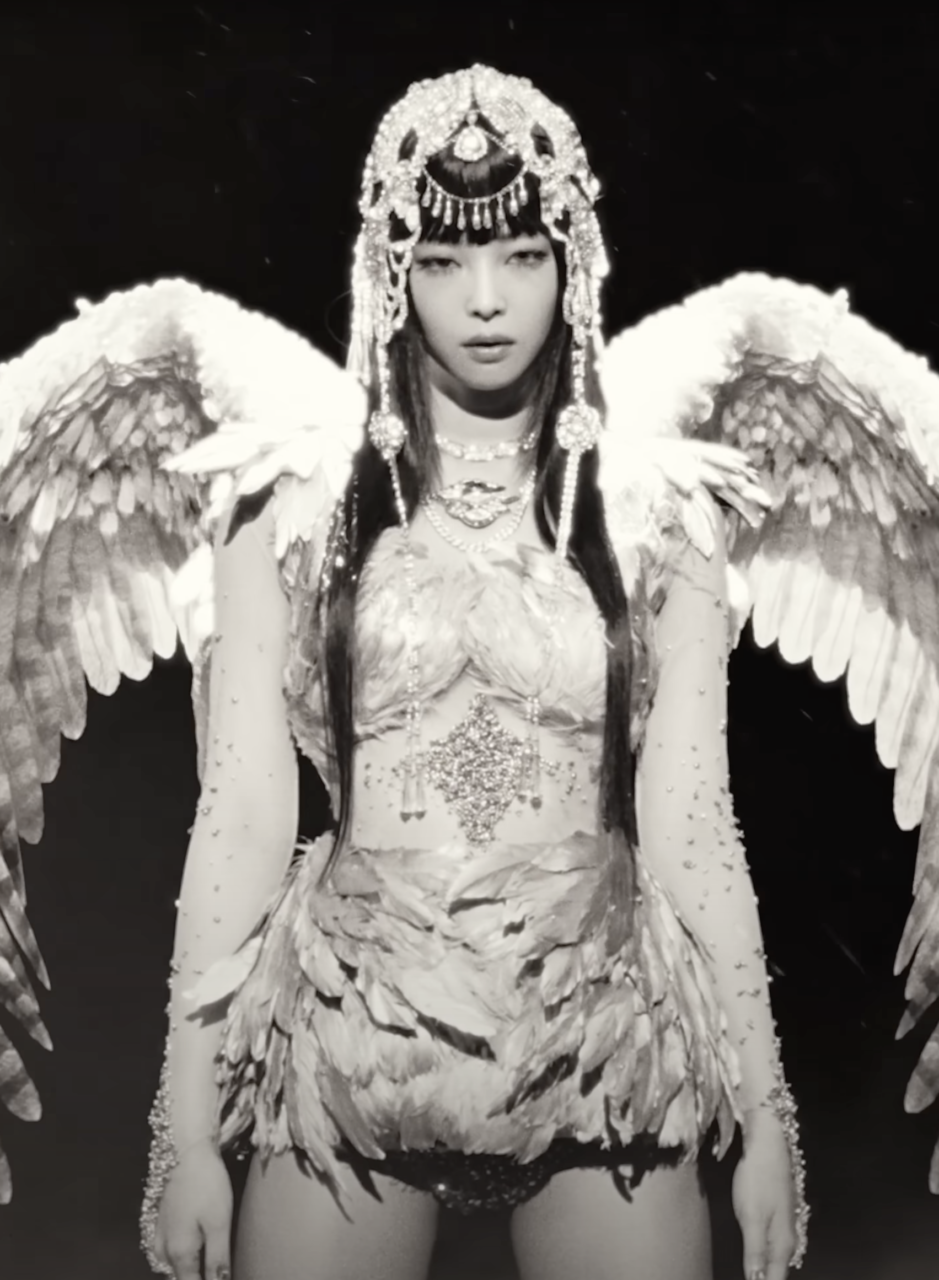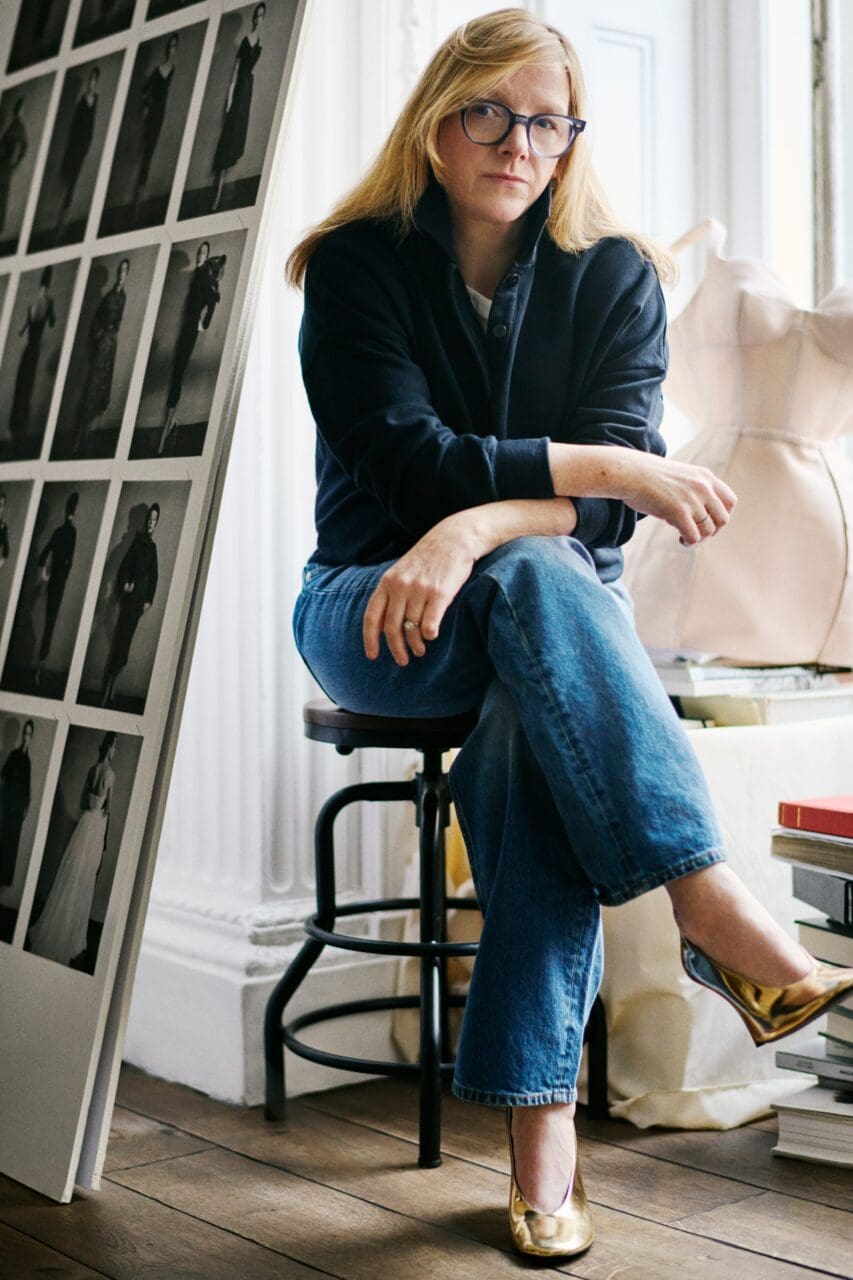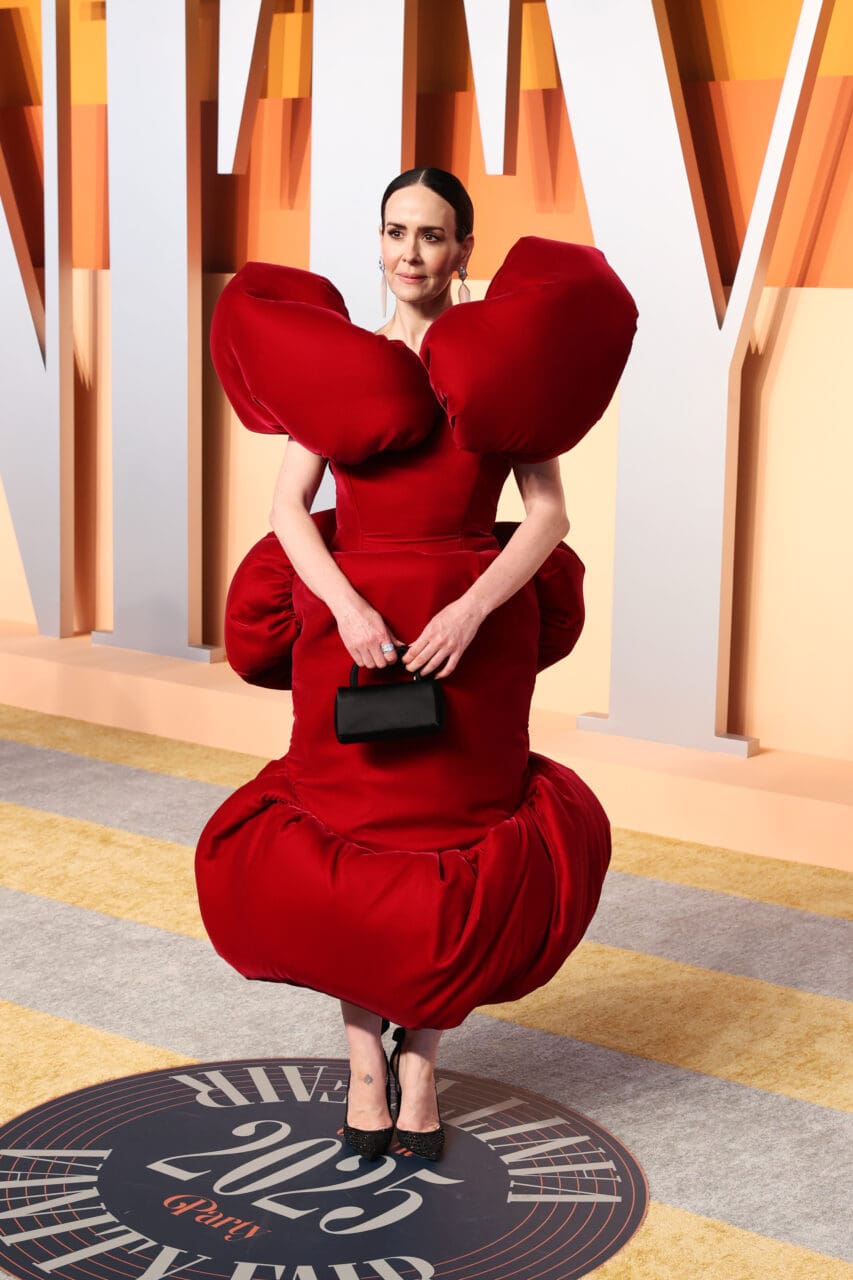The dress code for the 2022 Met Gala offers two style directives: the first, gilded glamour. The second, white tie.
Whereas the first can be interpreted in myriad ways, the second is actually a standard of dress that began in the mid-19th century. White tie is somewhat of an anomaly today, as black tie has overwhelmingly replaced it as the elevated eveningwear of choice for weddings, galas, and soirees. But for fashion’s biggest night, the Costume Institute asks its guests to don the dress code required at only the most formal—and historic—of occasions. One of the last times white tie was seen on the steps of the Met? In 2014, for “Charles James: Beyond Fashion.”

May 5, 2014 Benedict Cumberbatch attends the "Charles James: Beyond Fashion" Costume Institute Gala at the Metropolitan Museum of Art
Photo: Dimitrios Kambouris/Getty Images
To start, a quick definition of what, exactly, white tie is. Let’s start with men (or anyone who wants to embrace masculine style). According to the G.Q. Style Guide published in 2010, the look comprises a black tailcoat and trousers with a white shirt, vest (generally of piqué cotton), and bow tie. The white shirt has a wing collar, and, as the name implies, the jacket has tails. “Waist-length in front and knee-length in back, it falls away more sharply than a morning coat, is double-breasted, and is worn at night with white tie,” they write. Emily Post also mentions matching trousers that are adorned with “a single stripe of satin or braid in the U.S.” The outfit, says the American etiquette authority, should also be accented by white gloves. For women (or those wanting a more traditionally feminine take) it means a full-length evening gown, with long gloves optional.
Now, onto its history. White tie first popped up in the earlier days of Victorian-era England (around 1840), ironically as a more minimalist counter to the traditional evening dress of the day. Stylish dandies who adopted the style preferred the black-and-white color scheme and simple bow tie over ruffles and other accouterments that had been standard in decades past.

May 02, 2016 Tom Hiddleston attends "Manus x Machina: Fashion in an Age of Technology", the 2016 Costume Institute Gala at the Metropolitan Museum of Art
Photo: Taylor Hill/FilmMagic via Getty Images
Come the 1870s—the start of the Gilded Age in America—white tie was the definitive formal dress for the upper echelon. It was worn to the opera and at debutante balls and any of the fancy-dress parties thrown by rich socialites of the day. Even as the tailless tuxedo arrived stateside in the 1880s, it only caught on as a look for dinner parties and smaller soirees.
Take an 1885 article published in The New York Times that proclaimed white tie’s social supremacy. “The gilded youth of Paris made an attempt to replace its immaculate tint by one of flaming red. It became rather popular at first, but at a recent ball at the Elysée, the red tie received a crushing blow,” they reported. “The white tie is again reestablished.” They also clarified some of the style’s more debated hallmarks, declaring that you must wear an “evening shirt made of white piqué to match the waistcoat” and sleeves with “one, two, or three studs [cuff links]” and your watch must be hidden. “Those who cannot manage a perfect seclusion for it must leave it at home.”

May 24, 2011 Queen Elizabeth II and US President Barack Obama arrive for a State Banquet at Buckingham Palace
Photo: Rota/Anwar Hussein/Getty Images
White tie fell out of favor as the 20th century progressed. WW I caused such formal occasions—and fashions—to seem out of place. The following period of the Jazz Age, with its convivial attitude, ushered in an unstuffier age of fashion. The shorter-jacket tuxedo suit instead became the outfit of choice for the majority of occasions. Another factor? Growing industrialization. As the United States built up its factories, different options for eveningwear were easier to make. Designers began to offer more comfortable styles as well as more fabric and color options. “The tailcoat quickly lost ground as the more casual dinner jacket and evening gown grew popular,” found the House of Representatives’ history, art, and archives department.
Today, white tie lives on in a few extremely formal events. State dinners at Buckingham Palace, for example, call for the dress code, as do some inauguration balls in Washington, D.C. And come May 2, it’ll once again take center fashion stage at the Metropolitan Museum of Art.
Editor
Elise TaylorCredit
Photo: Kevin Mazur/WireImage via Getty Images
